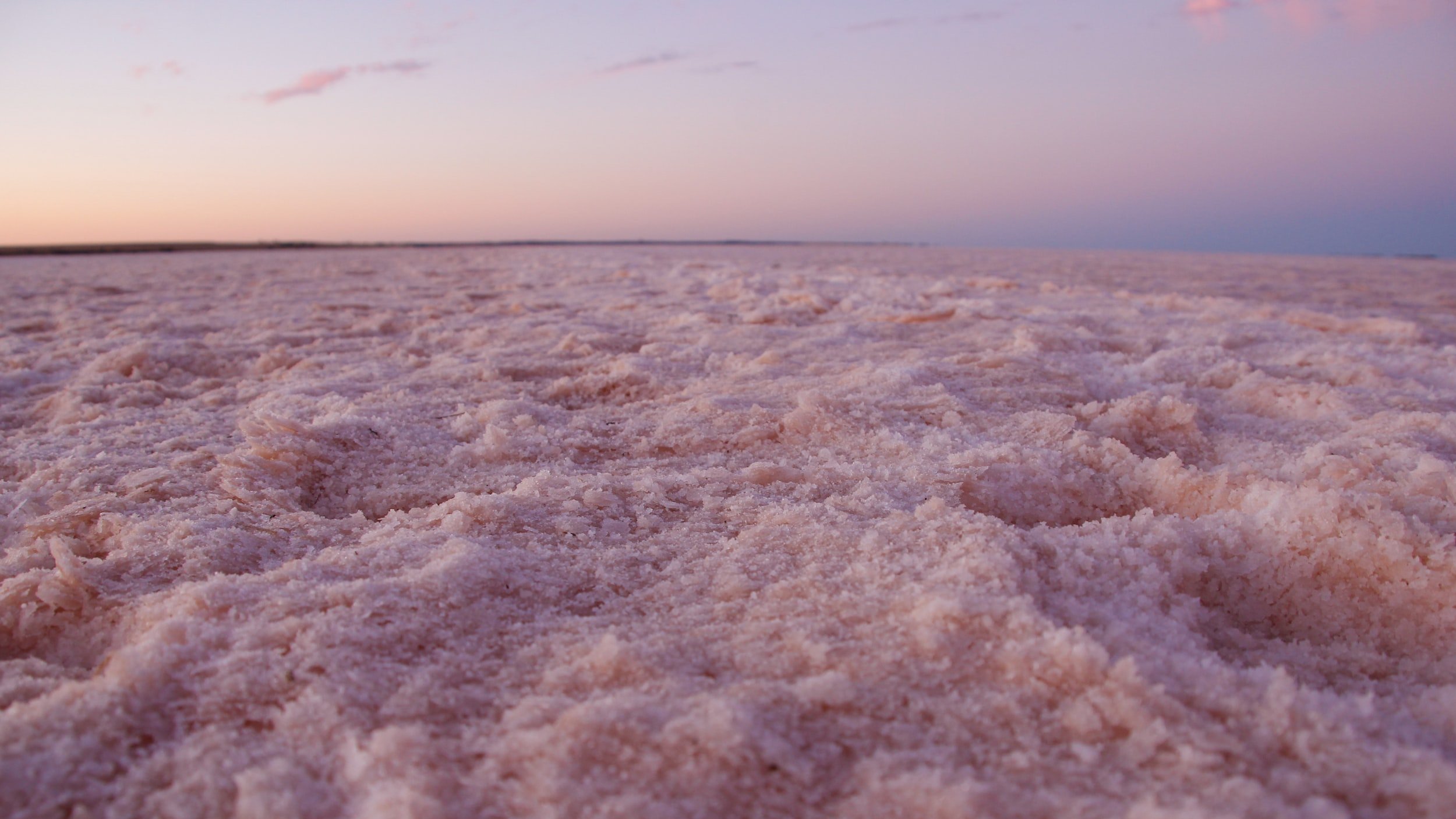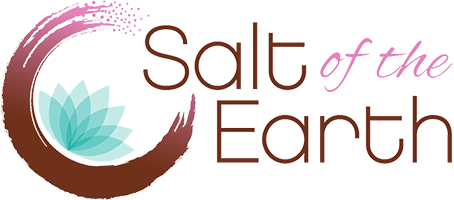
Salt Therapy — Why Salt?
Why Salt? History & Science
What makes salt so special? From the uniquely strong lung function of old salt miners, to modern day health resorts and healing centers, salt has shown a strong ability to improve respiratory issues and calm the nervous system.
The History of Salt Therapy begins in the Salt Mines of Europe. Since the 18th century, salt therapy (also known as Halotherapy) has provided a natural, non-invasive way to alleviate a variety of health conditions. The process involves inhaling salt particles, which help open and cleanse both the airways and skin to relieve congestion, irritation, and inflammation. Salt, an essential compound for our body function and health, is also naturally anti-inflammatory, anti-bacterial, anti-fungal and anti-histamine. So how did this therapy get its start?
In 1843, Feliks Boczkowski, a Polish physician, observed that salt mine workers had better respiratory health compared to other miners. Similarly, almost a century later, German doctor Karl Hermann Spannagel noticed that his patients' health improved after seeking refuge in salt caves during World War II bombings.
This discovery led to the spread of salt therapy's benefits across Eastern Europe. Facilities opened in Hungary, Czechoslovakia, Germany, and Ukraine. Numerous clinics and resorts across Europe now offer giant salt rooms in countries like Poland, Austria, Germany, and the UK (see the pictures!). In the United States, awareness of the benefits of salt therapy is spreading at salt spas like Salt of the Earth, where guests can unwind and experience a range of health benefits while enjoying the calming atmosphere and pink-gold ambiance of our beautiful Salt Room (see our gallery).
Beautiful! But how about the Science? Like the origins of many sciences, realization of the therapeutic effects of halotherapy was born out of curiosity and observation. Boczkowski and Spannagel were just the beginning — sanitariums emerged throughout Europe that helped alleviate the symptoms of a range of respiratory and skin ailments. While salt therapy never made a huge jump to the Americas, recent years have changed things. As salt rooms began to open across the nation, scientific research picked up.
Dr. Norman Edelman, Senior Scientific Advisor to the American Lung Association, has discussed the therapeutic effects:
"When fine salt particles are inhaled, they will fall on the airway linings and draw water into the airway, thinning the mucus and making it easier to raise, thus making people feel better," Dr. Edelman stated. "Also, these environments are allergen-free and thus good for people with allergies affecting their lungs." (Source)
A recent study (2021) conducted in Romania entitled, “Halotherapy—An Ancient Natural Ally in the Management of Asthma”, has stated that “Halotherapy proved its benefits in asthma diagnosis, treatment, and prevention and may represent a reliable therapeutic addition to the allopathic treatment”. The research examined “studies in adults and five in children [and] assessed the performance of hypertonic saline bronchial challenges to diagnose asthma or vocal cord dysfunction in asthmatic patients”, ultimately concluding that “Halotherapy is a crucial natural ally in asthma” (Source).
Another study from 2022 examined the effects of salt therapy in rodent COPD, in which “Halotherapy recovered the clinical symptoms of COPD rats, and reduced lung inflammatory cell infiltration and air wall attenuation”. Despite being unable to identify the precise mechanism at play, the study found that “Halotherapy [was] shown to dilute secretions in the airways and promote drainage”. The results concluded that “Halotherapy improves lung function by inhibiting the NLRP3/ASC/Caspase-1 signaling pathway to reduce inflammation and pyroptosis in COPD rats, and may be a new option for the prevention and treatment of COPD.” (Source).
We’d be remiss not to mention our own observations of the clients that walk through our doors. From a quick cold, to seasonal allergies, to those with severe COPD, we see symptom relief for the large majority of clients come to Salt of the Earth. Day-in, day-out, we have people walking out of our Salt Room feeling their first deep breath in weeks, months, sometimes years. Of course, we must reiterate here that salt therapy is not a cure for any condition, and a few walk out remaining skeptical. But we can assure you that many, many more walk out calm, relaxed, and breathing a bit easier.
The research on salt therapy continues to grow. We encourage all of our clients to do some digging on their own, and if they feel that salt therapy might be a good fit for them or a loved one, we’ll be here.
Benefits of Salt Therapy
01 — Anti-inflammatory, anti-bacterial, anti-histamine, anti-allergic (1)
Due to the above qualities, dry salt therapy soothes the nasal passages, lungs, skin, and nerves. It’s considered a viable, alternative treatment for various lung conditions such as asthma, cough, and bronchitis. Additionally, it relieves oxidative stress and can improve lung function (2).
02 — Immune-boosting
Dry salt therapy can boost the immune system via its anti-inflammatory properties and the oxidizing effect it has on the air in the room.
03 — Mucoactive (1)
Regularly inhaling fine salt particles from a halogenerator has a mucoactive effect on the cells within the lining of the nasal passages and lungs. This effect breaks up and loosens the mucus in the lungs, allowing it to be expelled. (2)
04 — Promotes skin health
Dry salt therapy has been found to have a positive effect on skin conditions such as eczema and psoriasis (3) and other types of inflammation. In our salt room, the fine salt particles in the air land on the skin, where its anti-inflammatory and detoxifying effects promote skin health.
*Please note that while salt therapy can alleviate the symptoms of many pulmonary and skin diseases, it is not a cure. Please consult your health care provider before beginning any alternative treatment.









